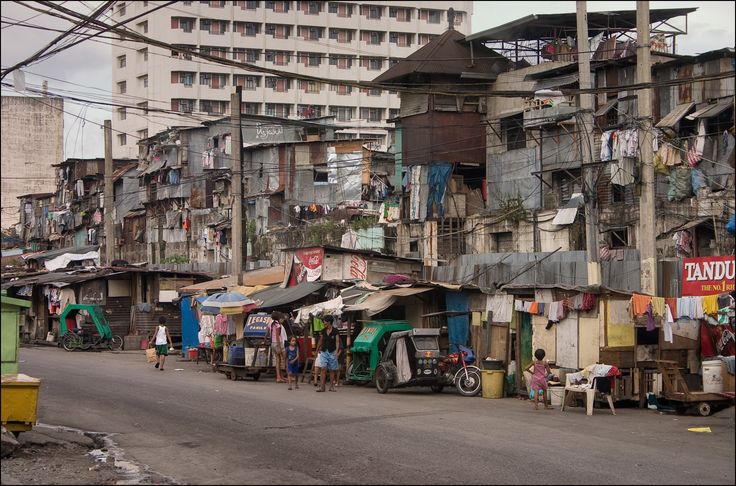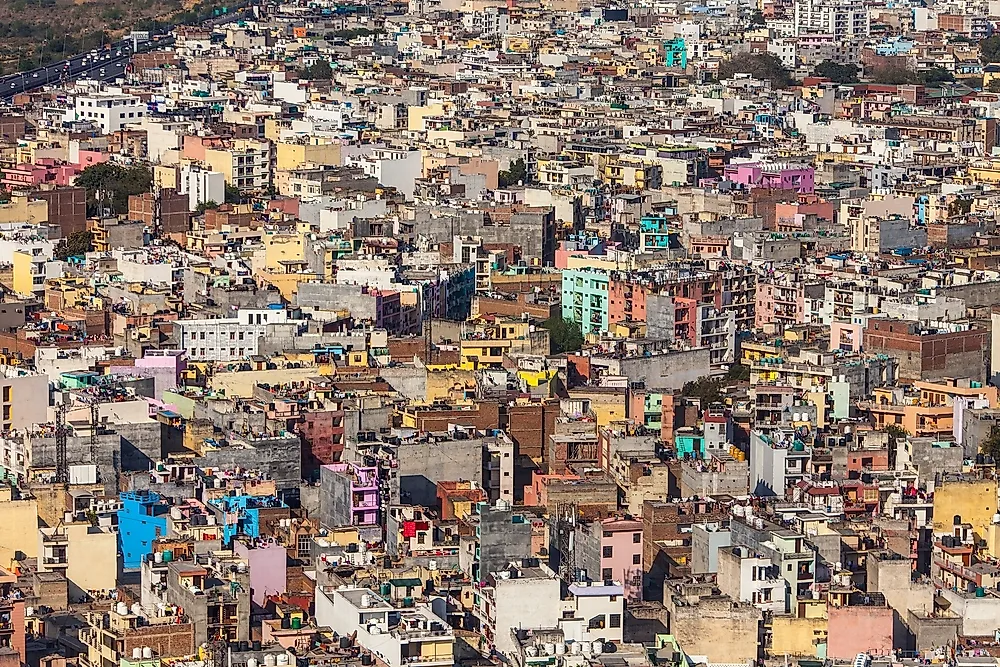Bangladesh is considered a poor country. It is ranked as one of the poorest countries in the world due to widespread poverty, although it has shown some improvements in recent years in reducing population growth and improving health and education.
Bangladesh is a country located in South Asia, sharing borders with India and Myanmar. It has a population of over 160 million people and is the eighth most populous country in the world. Despite its large population, Bangladesh is still considered a poor country with high levels of poverty.
The country has made some progress in reducing poverty and improving health and education, but many challenges still remain. We will explore why Bangladesh is considered a poor country and what steps are being taken to address the issue.
Credit: www.quora.com
Bangladesh’s Economic Landscape
| Blog post title: | Is Bangladesh a Poor Country |
| Heading: | Bangladesh’s Economic Landscape |
| Subheading: | Growth and development achievements |
| Challenges in poverty reduction |
Bangladesh has made significant strides in its economic growth and development, even amidst global uncertainties. The country has experienced rapid economic growth over the past two decades, thanks to factors such as a robust demographic dividend, strong ready-made garment (RMG) exports, resilient remittance inflows, and stable macroeconomic conditions. These achievements have contributed to Bangladesh’s success in reducing poverty.
However, challenges remain in poverty reduction. Despite progress, poverty is still widespread in Bangladesh, particularly in rural and urban areas. Efforts to address the population growth, improve health and education, and tackle inequality have been made, but more work is needed to overcome these challenges and uplift the standard of living for all Bangladeshis.
Comparative Wealth In Asia
Bangladesh is often considered a poor country in comparison to other Asian nations. Factors influencing its economic standings include poverty, population growth, and health and education levels. However, Bangladesh has also demonstrated strong growth and development in recent years, with a robust demographic dividend and resilient remittance inflows supporting rapid economic growth. The ready-made garment exports and stable macroeconomic conditions have also contributed to its progress. Despite widespread poverty, Bangladesh has made efforts to reduce population growth and improve health and education, indicating potential for further advancement.
The Dynamics Of Poverty
Poverty in Bangladesh remains a significant challenge, impacting both rural and urban areas. In rural regions, the lack of access to basic amenities, such as clean water, sanitation, and electricity, contributes to the prevalence of poverty. Additionally, limited job opportunities and low agricultural productivity further exacerbate the situation.
In urban areas, rapid urbanization has led to the growth of slums and informal settlements, where the urban poor reside. These areas often lack proper infrastructure and social services, leading to high levels of poverty.
Education and health services play a crucial role in addressing poverty in Bangladesh. Access to quality education can empower individuals and provide them with better opportunities for employment and income generation. Similarly, improving healthcare services can enhance the overall well-being of the population and reduce the burden of medical expenses.

Credit: borgenproject.org
Understanding Gdp And Income Levels
Bangladesh, while facing economic challenges, has made strides in reducing poverty rates through improved health and education initiatives. The country’s GDP growth and income levels reflect ongoing efforts to uplift its population and improve overall living standards.
| Is Bangladesh a Poor Country |
| Understanding GDP and Income Levels |
| Per capita income analysis |
| GDP growth trends |
Key Economic Sectors
The role of the RMG industry in Bangladesh’s economy is significant, as it is the largest export earner and a major source of employment. The sector has played a crucial role in the country’s economic development and poverty reduction.
Agriculture has traditionally been the backbone of the Bangladeshi economy, providing livelihoods for a large portion of the population. Over the years, the sector has undergone transformations, adopting modern techniques and technologies to improve productivity and meet the growing demands of the population.
International Perspectives On Bangladesh
Bangladesh, despite facing poverty challenges, showcases a strong growth trajectory with notable achievements in economic development. The country’s progress is marked by robust exports, remittance inflows, and stable macroeconomic conditions, supporting rapid growth over the past decades.
| International Perspectives on Bangladesh |
| Global rankings in poverty |
| Bangladesh, despite its challenges, has made significant progress in recent years in reducing poverty and improving health and education. However, it is still considered a poor country in international rankings. According to various sources, Bangladesh ranks among the poorest countries in Asia and the world. It is important to note that poverty is a complex issue affected by various factors such as ongoing conflict, corruption, and inequality. While Bangladesh has experienced rapid economic growth and development, there is still work to be done to lift more people out of poverty and create sustainable economic opportunities. The country’s efforts in reducing poverty and promoting inclusive development are commendable and should be recognized. |
Socio-economic Indicators
|
Bangladesh faces challenges in socio-economic indicators. Literacy rates and education levels are improving, but access to quality healthcare remains a concern. Despite progress, poverty and inequality persist, impacting the overall development of the country. Efforts are being made to address these issues and improve the standard of living for all citizens. |
Future Outlook
Despite facing poverty challenges, Bangladesh has made significant progress in reducing population growth and improving health and education. With a strong track record of growth and development, the country has experienced rapid economic growth supported by factors such as resilient remittance inflows and stable macroeconomic conditions.
| Future Outlook |
| Government policies aim to alleviate poverty through targeted programs and initiatives. |
| Economic projections suggest a positive trajectory with growth potential in various sectors. |

Credit: www.worldatlas.com
Frequently Asked Questions
Is Bangladesh A Rich Or Poor Country?
Bangladesh is considered a poor country due to widespread poverty, but it has shown growth and development.
Is Bangladesh The Poorest Country In Asia?
Bangladesh is not the poorest country in Asia. Afghanistan holds that title due to ongoing conflicts and economic challenges.
Is Bangladesh A Successful Country?
Bangladesh has experienced strong growth and development, supported by factors such as robust garment exports and stable macroeconomic conditions. Despite poverty being widespread, the country has made progress in reducing population growth and improving health and education. Bangladesh is not considered a rich country.
Conclusion
Bangladesh has made significant progress in reducing poverty and improving economic growth. With a strong track record of development and resilience in the face of global uncertainties, the country has shown remarkable potential. Efforts to address population growth and enhance health and education have contributed to these advancements, positioning Bangladesh as a country with promising prospects for the future.


